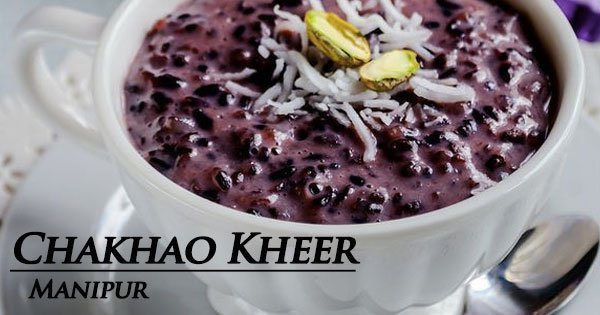BLACK RICE ? ...iski
khasiyat ?
- Black rice is drought resistant and
has rich medicinal properties.
- Manipur and Assam are reviving this
variety
 |
Story of BLACK RICE ?
Not very long ago, black
rice (Oryza sativa) was forbidden in China. Not because it looked poisonous for
its black colour, but because it had nutritional values, and found a place only
on an emperor’s menu. For centuries, the nutritional values of this wild rice
eluded common people.
Abhi isase related JAGRUTI
ban rahi hai !
- It is only now that
researchers have begun to study the sticky varieties of black rice and
found that it has several medicinal and nutritional values.
- It has anti-cancer
properties and the bran of black rice is also known to soothe inflammation
due to allergies, asthma and other diseases.
Ok...where
is it grown in INDIA and cultural significance ?
.jpg) |
- Grown in parts of Northeast and even in West Bengal, Jharkhand and Odisha, black rice is indigenous to these areas.
- In Manipur, it is considered food as well as part of the traditional medicine.
- Called chak-hao, it is eaten during community feasts. In the local language, chak means rice and ahaoba means delicious, therefore, chak-hao means delicious rice. Chak-hao kheer (pudding) is a part of any feast .
- The rice water too is
used to wash hair to make it stronger.
 |
KAALA kyun hai ?
- The rice gets its
dark black or purplish colour because it is rich in anthocyanins, which
are powerful antioxidants.
- Anthocyanins not only
act as antioxidants, they also activate detoxifying enzymes; prevent
cancer cell proliferation; induce cancer cell death (apoptosis); have
anti-inflammatory effects; have antiangiogenesis effects (they inhibit the
formation of new blood vessels that encourage tumour growth); prevent
cancer cell invasion; and, induce differentiation (the more differentiated
the cancer cell, the less likely it is to grow and spread)
Nutrition k maamle me aur
WHITE RICE k muqaable ?
- The rice contains
more vitamin B, niacin, vitamin E, calcium, magnesium, iron, and zinc as
compared to white rice.
- Rich in fibre, the
grain has a sweet and slightly nutty taste. It is as an “unmilled
rice”—the fiber-rich black husks of the rice are not removed.
Way forward
- Other State governments, where rice cultivation is a major enterprise, should take to black rice cultivation. A niche market can be established primarily for export purposes.
- The recent successful venture of the Union Government at Amuguripara in Goalpara distrct in Assam, where a total of 12 tonnes of black rice was produced in 13.2 hectares, which comes close to a tonne per hectare, is an inspiring example.
- It shows how, by providing infrastructure, market support and financial incentives, black rice can, indeed, be good bet for Indian rice producers and consumers, domestic as well as foreign.
- Black rice germplasms must be included in the all-India rice research project based in Hyderabad, which will not only show its potential throughout India, but also open the eyes of enterprising farmers. There is no time to waste.


